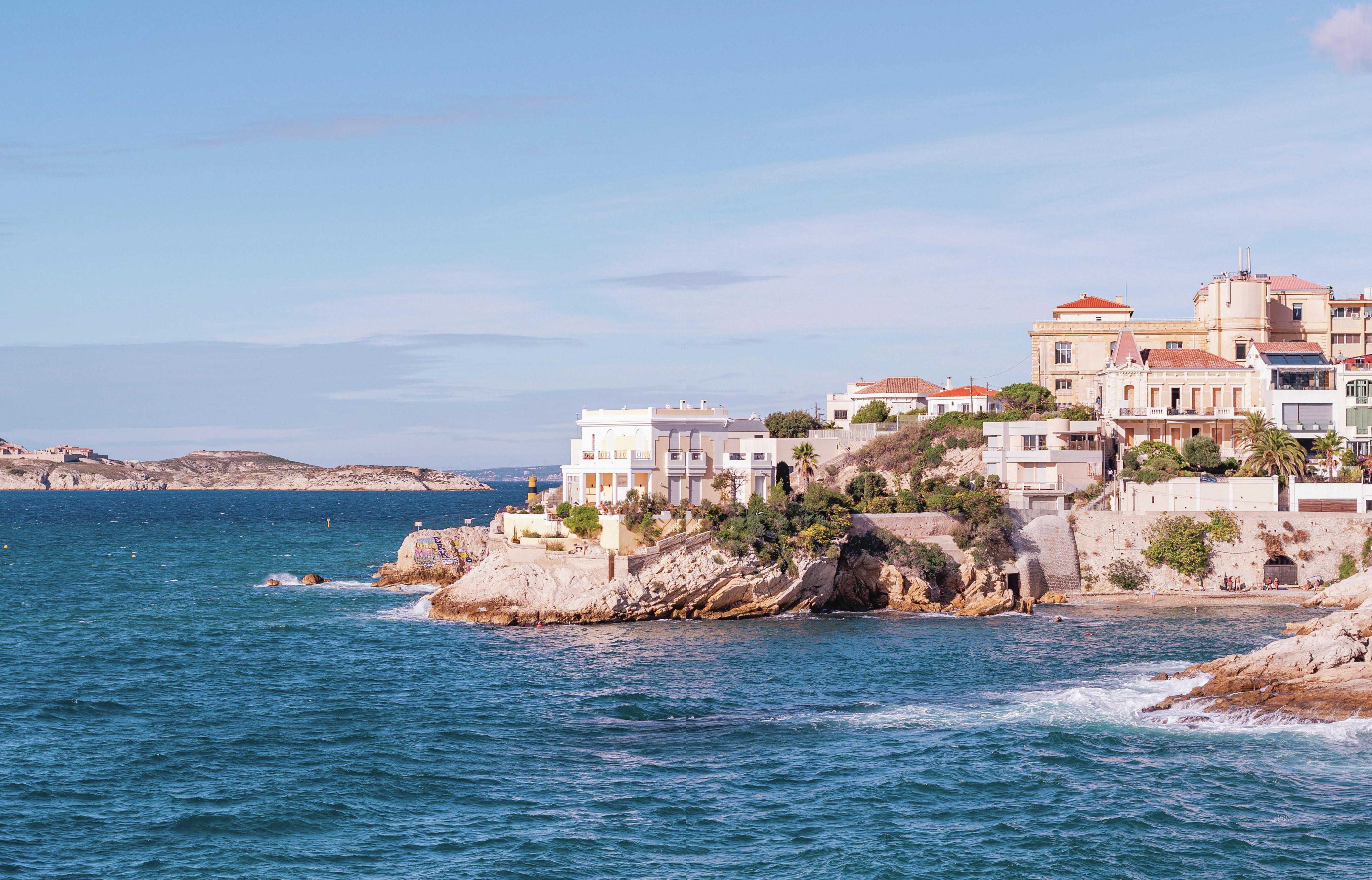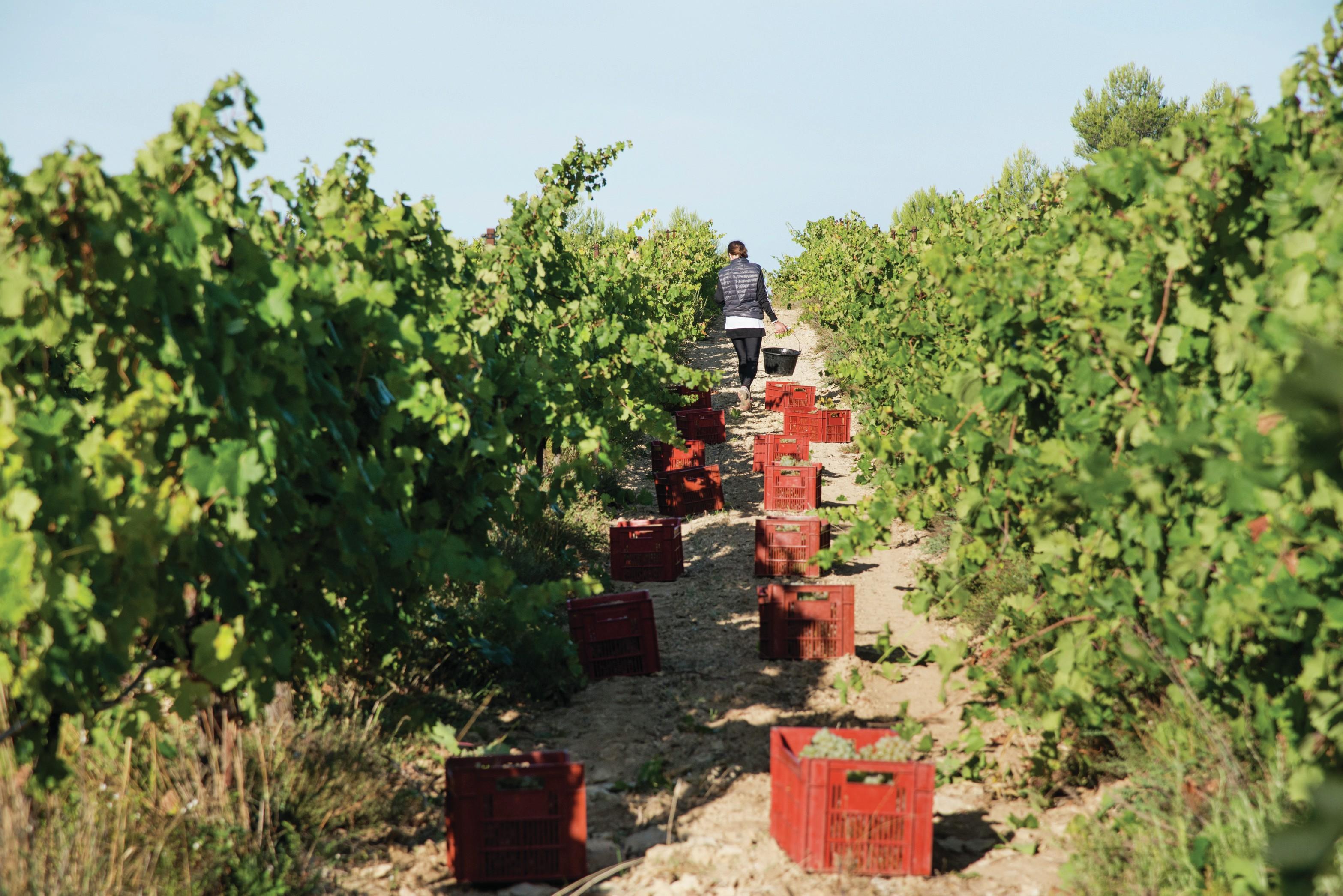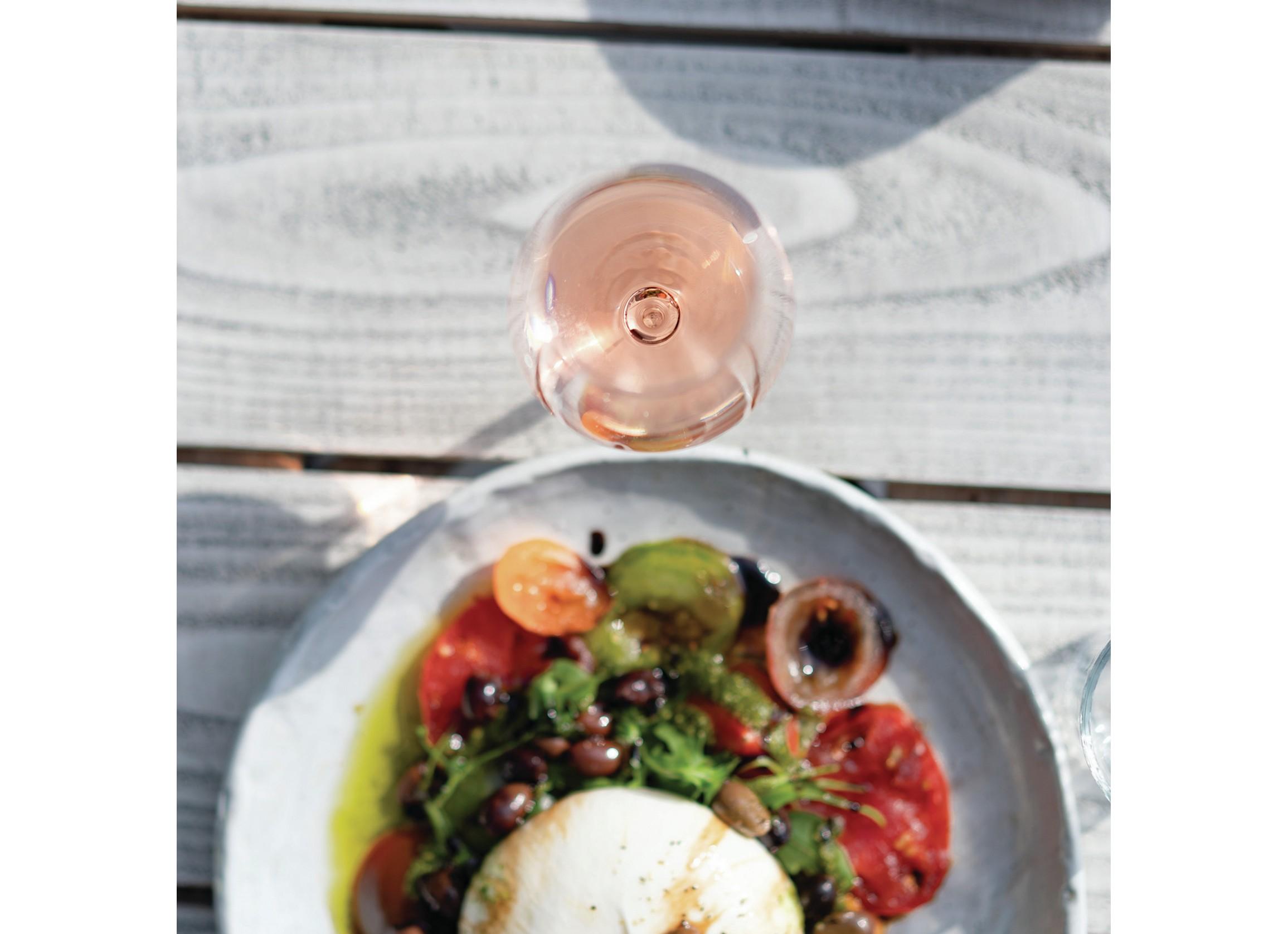This website uses cookies so that we can provide you with the best user experience possible. Cookie information is stored in your browser and performs functions such as recognising you when you return to our website and helping our team to understand which sections of the website you find most interesting and useful.
Coming up rosé: IGP Méditerranée is riding the pink wine wave
In today’s lifestyle-led era of consumer choices, rosés are booming, and Southern French wines from IGP Méditerranée are tapping into the rising trend.

“ROSÉ LOOKS good, and influencers, social media and popular culture have all played a role in glamourising rosé consumption, making it a fashionable choice among a wide demographic,” says Jean-Claude Pellegrin, president of Intervins Sud-Est, a cooperative winegrower.
Indeed, consumers are drinking pink both at home and in bars and restaurants. In Britain, one-third (34%) of consumers drink rosé wine in on-trade venues, and 21% are drinking it more often than they were a year ago, according to CGA by Nielsen IQ research.
IGP Méditerranée, a region in Southern France which covers 10,500 hectares under vine and encompasses a rich and vast territory, including 10 départements, is well-positioned to tap into booming demand. The region is home to more than 100 grape varieties, and 75% of IGP Méditerranée wines are rosé.
According to CGA, rosé drinkers tend to be highly engaged with bars and restaurants, spending £126 a month there – £10 more than the average. This impressive spend highlights the continually growing potential of the category, the success of which shows no signs of abating.

Quality is also a major element when it comes to the growth of rosé wines. “Of course, the marketing is only effective because the quality is there,” Pellegrin says. “IGP Méditerranée rosés are high-quality whilst remaining accessibly priced, which is a large part of their appeal.”
Growing interest means that rosé sales by value have increased by 7.4% in the UK over the past 12 months, according to CGA data – double the rate of value growth for the still wine category as a whole.
All wines produced in IGP Méditerranée are “crafted to align with the current trends and expectations of the market”, Pellegrin notes and, with more than 100 grape varieties grown in the region, their appeal is wide-ranging.
CREATING OPPORTUNITIES
CGA’s recent report on rising rosé demand found that nearly three-quarters of rosé drinkers consider it suitable for all occasions, and 42% choose it for both food- and drink-led occasions, creating opportunities for both the on-trade and the off-trade.
Its seasonal appeal means that there is likely to be a rise in demand over the coming months. “Rosé’s light and refreshing character lends itself well to summer,” Pellegrin explains, “and, whilst there has been a shift to higher all-yearround consumption, the sunny days are definitely when rosé comes into its own.”
The region’s appeal stretches beyond rosé, with red and white expressions offering just as much diversity as their pink counterparts. Rosés from IGP Méditerranée have become the region’s “têtes de pont”, or flagship wines. But reds and whites offer every bit as much diversity. Red and white wines account for 15% and 10% of production respectively in the IGP, most of them being blended wines.
According to Pellegrin, the Southern French region’s rosés provide a “solid foundation for further exploration of our wine portfolio”.
He adds: “One of the brilliant things about IGP Méditerranée is the sheer variety of quality wines across whites, reds and rosés due to the vast territory covered by this designation. The wines are often characterised by their freshness, fruitiness and delicate flavours, making them versatile pairings for varied foods including antipasti, barbecues and even sushi, and are an enjoyable option for sipping with friends.
“From crisp, refreshing white wines to rich, structured reds, these approachable, light, refreshing wines invite consumers to explore the art of food and wine pairings, transporting them to the Med with every sip.”
Food pairings for IGP Méditerranée wines
Light, laid-back and always an expression of the people who make them, IGP Méditerranée wines are nothing if not diverse, and can be enjoyed with or without food. As with most blended wines, the region’s winemakers are afforded a certain creativity and flair, which allows for real diversity, meaning there is an IGP Méditerranée for every palate and every occasion.
Rosé wines make up the majority of those produced in the region, but the category is no longer reserved for the summer months.
“There are so many reasons that rosé is on the rise. Rosé wines are so versatile, they’re perfect for sipping on a sunny afternoon, pairing with a wide range of foods, or for social gatherings,” says Intervins Sud-Est president Jean-Claude Pellegrin. “IGP Méditerranée rosés are light, fresh and fruity, lending themselves to evolving palates, with delicately balanced aromas positioning rosé as a more refreshing choice of drink. It’s a very approachable, unintimidating category.”
In the warmer months, IGP Méditerranée rosé wines are well-matched with heirloom tomato, watermelon and feta salad, saucisson sec and other charcuterie, as well as grilled chicken sausage.
In colder months, IGP Méditerranée’s white wines can match with pasta and creambased dishes, while its red wines work with braised and roasted meats and stews, and Provençal specialities such as bouillabaisse, ratatouille and daube. The dried spice notes of the wines lend a herbaceousness that, along with balanced tannins and fruit, makes them perfect with spicier fare such as southeast Asian cuisine.

Facts and figures
• While the Mediterranean coast is long, the territory covered by the Méditerranée Indication Géographique Protégée (IGP) includes coastal regions of southeast France. Wines carrying this name come from vineyards that both overlap and fall between wellknown winegrowing areas of the southeast, from the banks of the Rhône to the French Alps, and as far north as Lyon – a hub for gastronomy and wine – to the iconic coastline that stretches from Marseille to Nice.
• IGP Méditerranée covers 10,500 hectares under vine.
• Broken down by colour, wine production consists of 75% rosé, 15% red and 10% white.
• The region has more than 100 grape varieties, and its wines are mainly blends.
• IGP Méditerranée receives 2,500 hours of sunshine every year.
• The region consists of 10 départements: Alpes-de-Haute-Provence, Alpes-Maritimes, Ardèche, Bouches-du-Rhône, Corsedu-Sud, Drôme, Hautes-Alpes, Haute-Corse, Var and Vaucluse.
• Grenache, Merlot and Syrah make up the majority of grape varieties used for rosé wine production, with significant plantings of Muscat de Hambourg, Caladoc, Cinsault, Mourvèdre and Carignan.
• Chardonnay, Viognier and Vermentino are key grape varieties for the white wine blends of IGP Méditerranée, alongside Grenache Blanc, Sauvignon Blanc, Muscat à Petits Grains and Colombard.
• Grapes grown for red winemaking include Merlot, Grenache, Syrah, Pinot Noir, Cabernet Sauvignon, Marselan and Caladoc.
Related news
A 'challenging yet surprising' vintage for Centre-Loire in 2024

